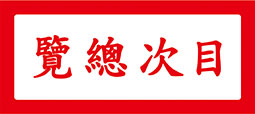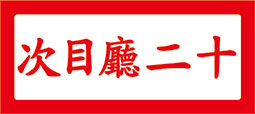This extant door sign from the Flying Tigers headquarters in K’un-ming, is made of cedar, split in half lengthwise, reglued, with three rows of English and Chinese words written in white paint.
The first row of English words are:
“EXECUTIVE OFFICER”.
The second row of English words are:
“A. V. G.”
The third row of Chinese words are:
「美志願隊副指揮官室」.
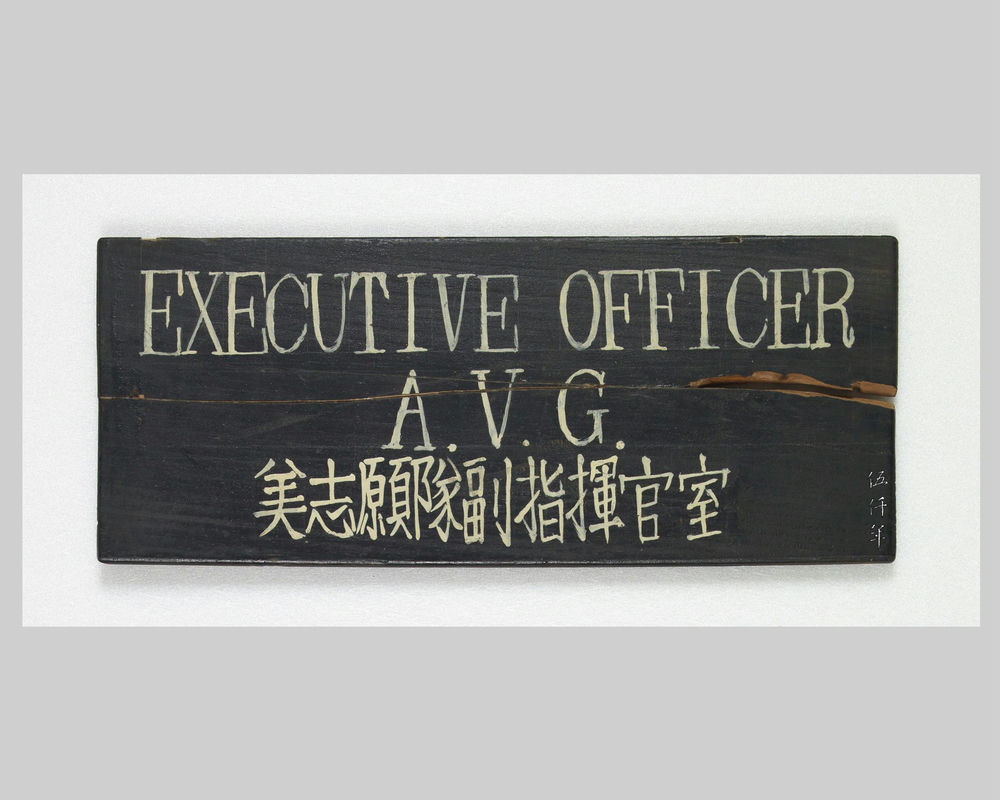
Door sign from the Executive Officer office of the American Volunteer Group of the Republic of China Air Force. Studio of Prunus Ode Collection
“A. V. G.” is the abbreviation for American Volunteer Group. Its full name is American Volunteer Group of the Republic of China Air Force, its nickname is Flying Tigers, a unit of the Republic of China Air Force.
It was in the 18th year of the Republic (1929) when American aviation corporation first operated in China, providing airmail services for the cities of Shanghai, Hankow, Peking and Canton. In the 19th year of the Republic (1930), the China National Aviation Corporation (CNAC) was reorganized, the Chinese government held fifty five percent share, and the American side under Intercontinent Corporation held forty five percent share. Three years later William Pawley (1896-1977) came to China to take up the position as president of China National Aviation Corporation.
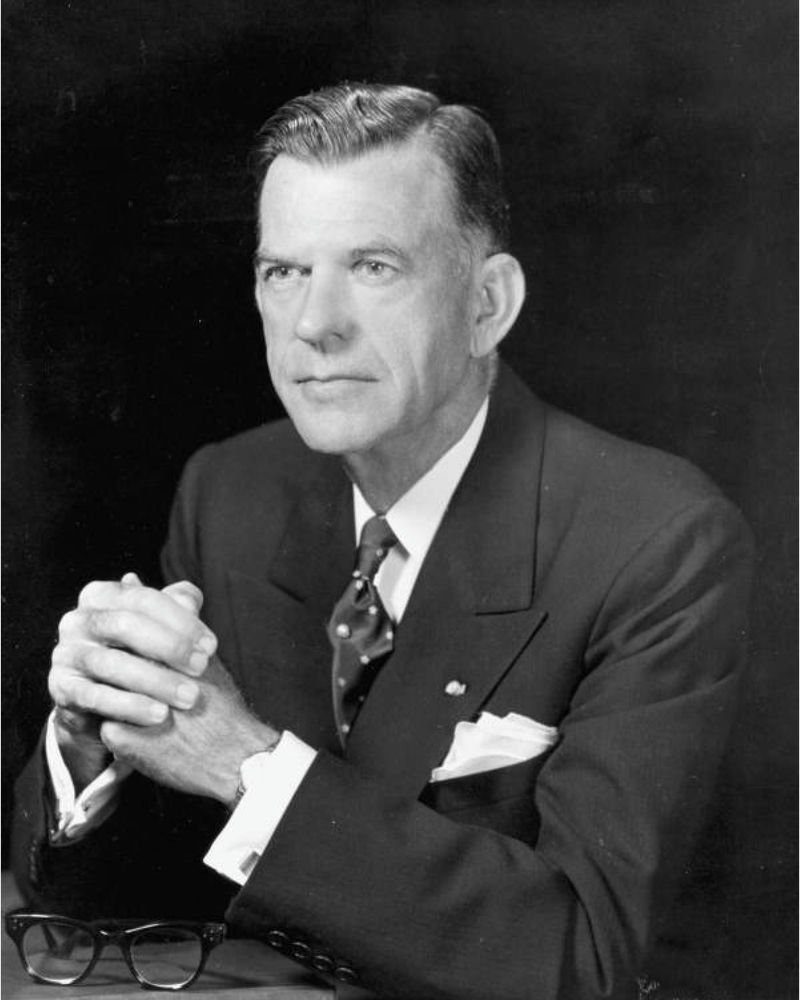
Portrait of William Pawley, president of China National Aviation Corporation. Photograph courtesy State Library and Archives of Florida
In the 26th year of the Republic (1937), the Marco Polo Bridge Incident erupted, and the Sino-Japanese War began. The United States remained neutral until 8 th December 1941, when she declared war on Japan. Reckoning American neutrality, in the 28th year of the Republic (1939), the Nationalist government of China entrusted William Pawley the task of persuading the United States government, to approve the formation of an air force unit that employed American pilots and flew American manufactured fighter planes, to assist China in the war against Japan.
Pawley reminiscenced in his later years:
“We promised Dr. Kung we would do everything possible to put China’s problem before various men of influence in the United States. A few days later I flew back to America and Captain Leighton shortly joined me. We talked to many of our friends in the United States. After a number of patient discussions with Chinese Government officials and officers, permission was secured to employ a group of men to join our company-Central Aircraft Manufacturing Company and a formal agreement was entered into with the Chinese government. Dr. T. V. Soong, now Premier, empowered me to employ 350 men-pay their salaries, traveling expenses, assist in the purchase and shipping of the necessary aircraft, receive the planes and assemble them at Rangoon. Thus the A. V. G. was born.”
After the end of the Second World War, Pawley made use of his personal fortune and political connections to engage in anti-communist activities, especially in Cuba, and became a legendary figure in American right wing politics.
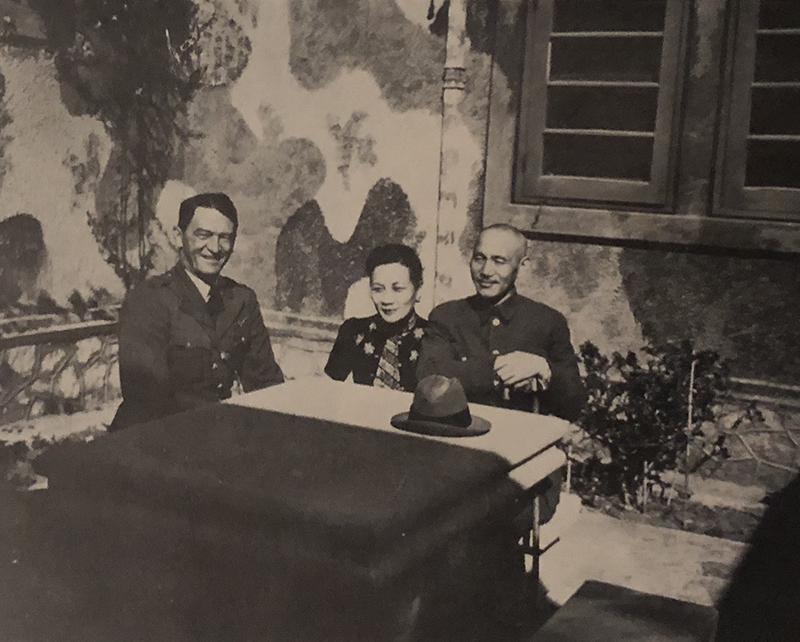
President Chiang Kai-shek, Madame Chiang and Claire Chennault. Photograph courtesy Francis Doran
Pawley met Claire Chennault (1890-1958) in China. In the early 1930’s, Chennault was appointed colonel in charge of the United States Air Corps aerobatic team: The Flying Trapeze. When The Flying Trapeze was disbanded in April 1937, Chennault was invited to join the Republic of China Air Force, and he arrived in Shanghai at the end of June. The following year, Madame Chiang Kai-shek suggested to Chennault to build an international squadron to fight against Japan. The pilots came from different European countries, discipline was slack, there were intelligence leaks, and the bomber group was destroyed on the ground.
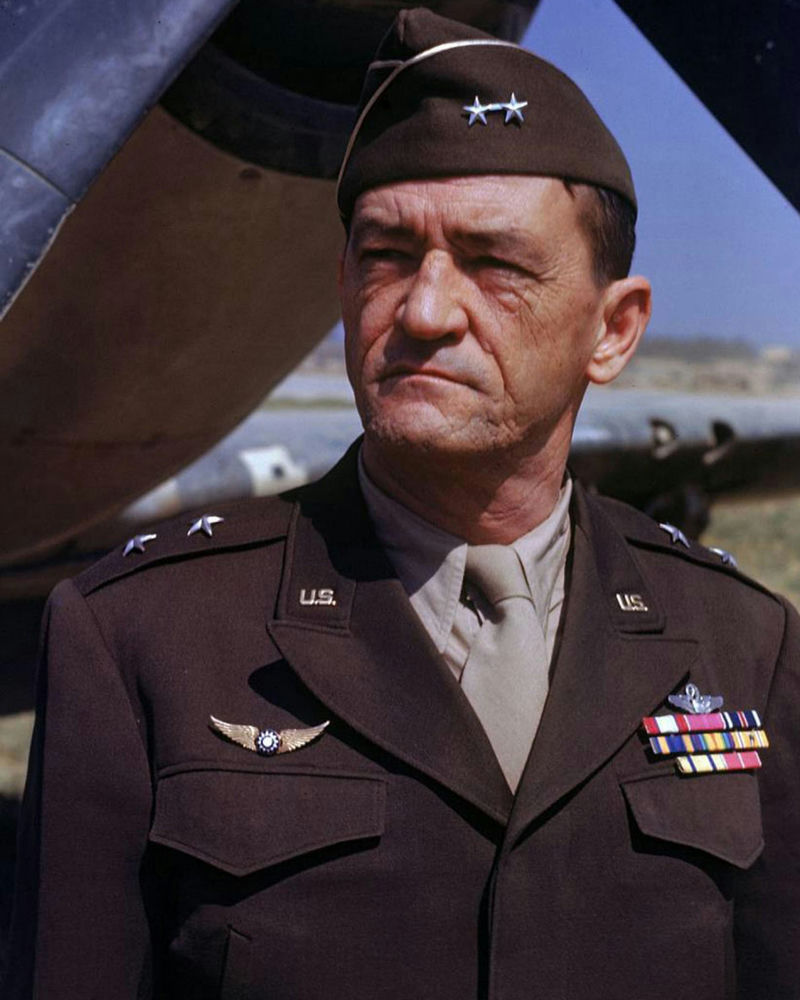
Portrait of Claire Chennault. Photograph courtesy U.S. War Department
In October 1939 Chennault accompanied the representatives of Chinese Air Force on a mission to America, and met with Dr. T. V. Soong and ambassador Hu Shih. In December 1940, the United States and China came to a preliminary agreement. On 15th April 1941, President Roosevelt authorized reserve officers and enlisted men to resign from the United States military, so that they could join the American Volunteer Group, all under employment of Central Aircraft Manufacturing Company. Beginning June, the volunteers travelled on a six week voyage by ship in successive groups to reach Rangoon, Burma. Chennault was appointed Group Commander.
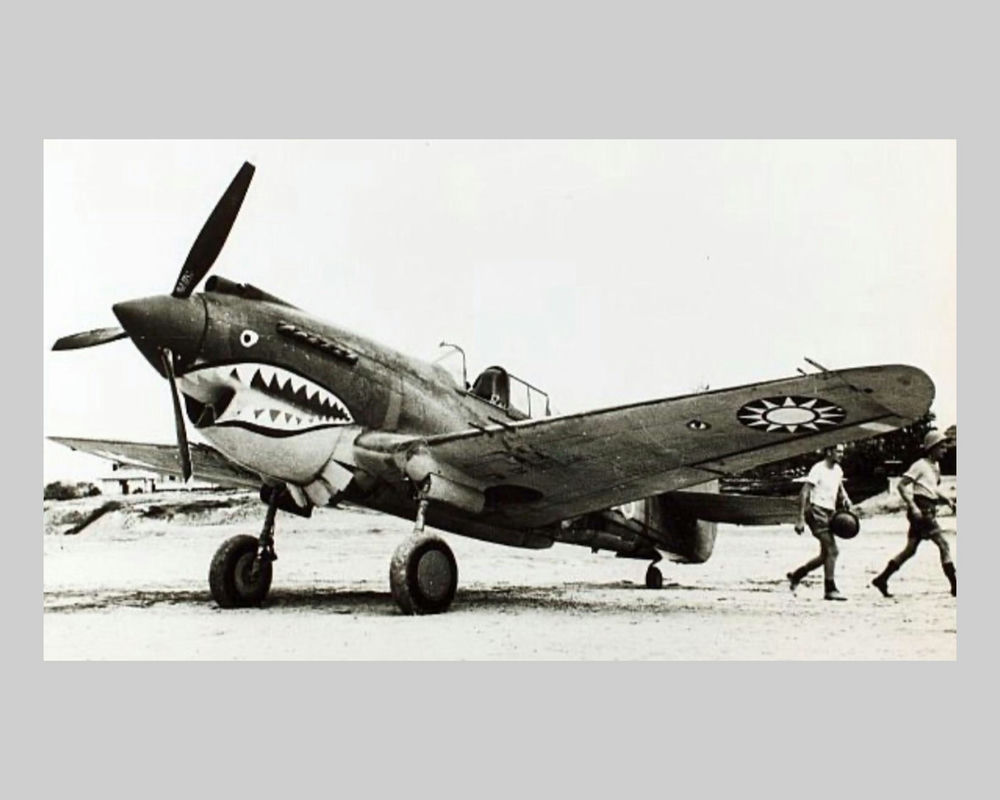
P-40 Tomahawk fighter aircraft operated by the American Volunteer Group of the Republic of China Air Force. Photograph courtesy San Diego Air & Space Museum
The first batch of ninety nine P-40 Tomahawks arrived in Rangoon in late June. They were manufactured by Curtiss-Wright Corporation. These planes were already sold to Britain, but after consultation, transferred to China. The training base was in Toungoo, 220 kilometers from Rangoon, and boasted a 4,000 foot asphalt runway. The mission of the American Volunteer Group was to protect the Burma Road, approximately 1,146 kilometers in length that was completed in 1938, starting from K’un-ming, Yunnan province of China, to Lashio of Burma. This international passage handled the highest volume of goods in south west China, and became even more important after the fall of Shanghai and Canton. The American Volunteer Group was organized into three squadrons, the first and second squadrons based in K’un-ming, the third squadron based in Rangoon. On 7th December 1941, Japan attacked Pearl Harbour. On 20th December, the A. V. G. engaged the Japanese in the air above K’un-ming for the first time. By 24th January 1942, the A. V. G. shot down seventy three Japanese planes, losing five of their own. On 4th January 1942, the Japanese army crossed the borders of Thailand and Burma to attack Burma, and Rangoon fell in March. The A. V. G. retreated to K’un-ming on land and by air.
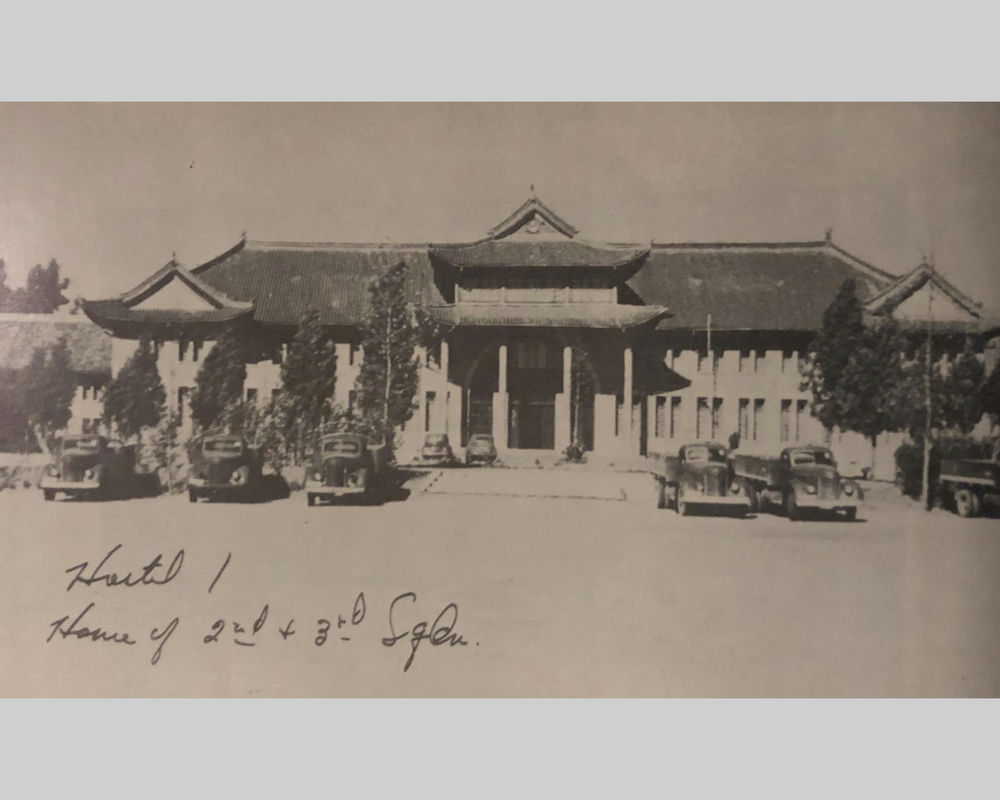
Exterior view of the American Volunteer Group Headquarters at Hostel Number 1. Photograph courtesy Jim Cross
Francis Doran, a pilot of the A. V. G., recalled that a former agricultural college in K’un-ming was turned into Hostel Number 1, quarters of the A. V. G. According to the inscription on the photograph in Jim Cross’s collection, Hostel Number 1 was used to house the second and third squadrons in 1942. Another pilot Walt Dolan kept a photograph of the doorway to the A. V. G. Headquarters at Hostel Number 1.
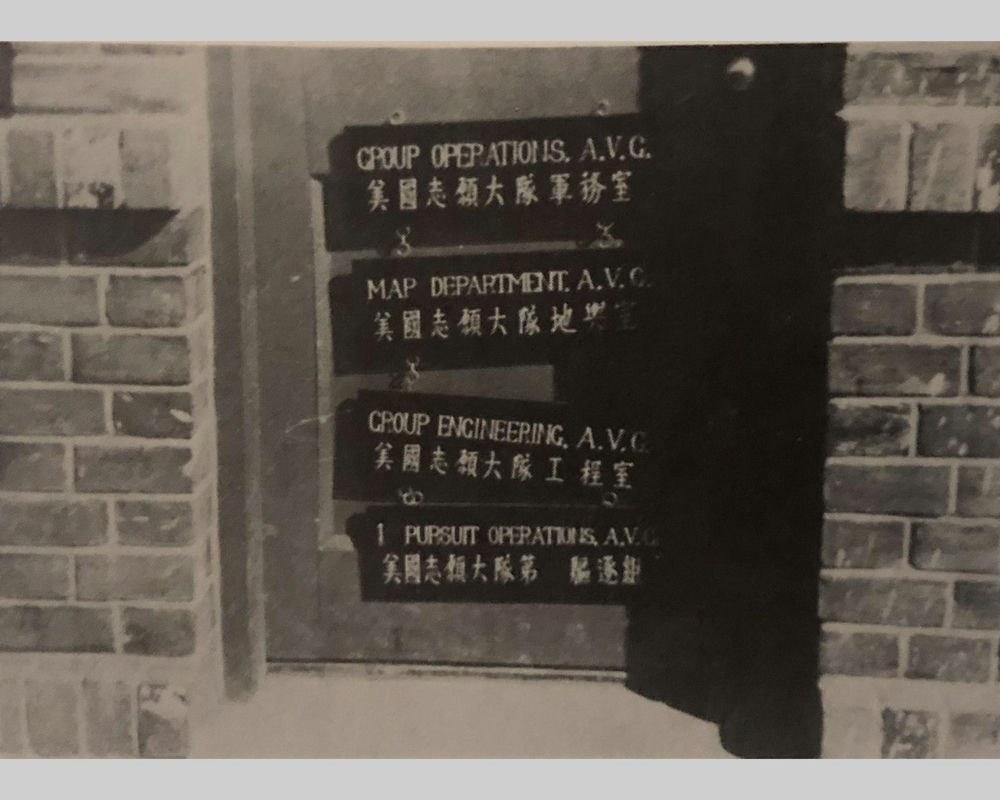
Photograph of the doorway to the A. V. G. Headquarters at Hostel Number 1. Photograph courtesy Walt Dolan
1. “GROUP OPERATIONS. A. V. G.
美國志願大隊軍務室”
2. “MAP DEPARTMENT. A. V. G.
美國志願大隊地輿室”
3. “GROUP ENGINEERING. A. V. G.
美國志願大隊工程室”
4. “PURSUIT OPERATIONS. A. V. G.
美國志願大隊驅逐組”
The typeface of the English words, the typeface of the Chinese characters, the appearance of the signs, the material of the signs, are all akin to those of the door sign illustrated in this article. At that time, materials were in short supply, the door signs were only made of painted wood, words were written by hand, they were fastened with nails and ringlets. On 4th July 1942, the A. V. G. was disbanded to become the 23rd Fighter Group of the United States Army Air Forces (USAAF), and Chennault was promoted to brigadier general. From December 1941 to July 1942, the A. V. G. shot down two hundred and ninety seven Japanese planes, losing twenty two pilots. This door sign of the Executive Officer, because of the Chinese characters, should be a relic from K’un-ming, and certainly was made and used in the very early stage when the A. V. G. was in operation, sometime between July 1941 to July 1942. After July 1942, the A. V. G. was reorganized and changed its name.
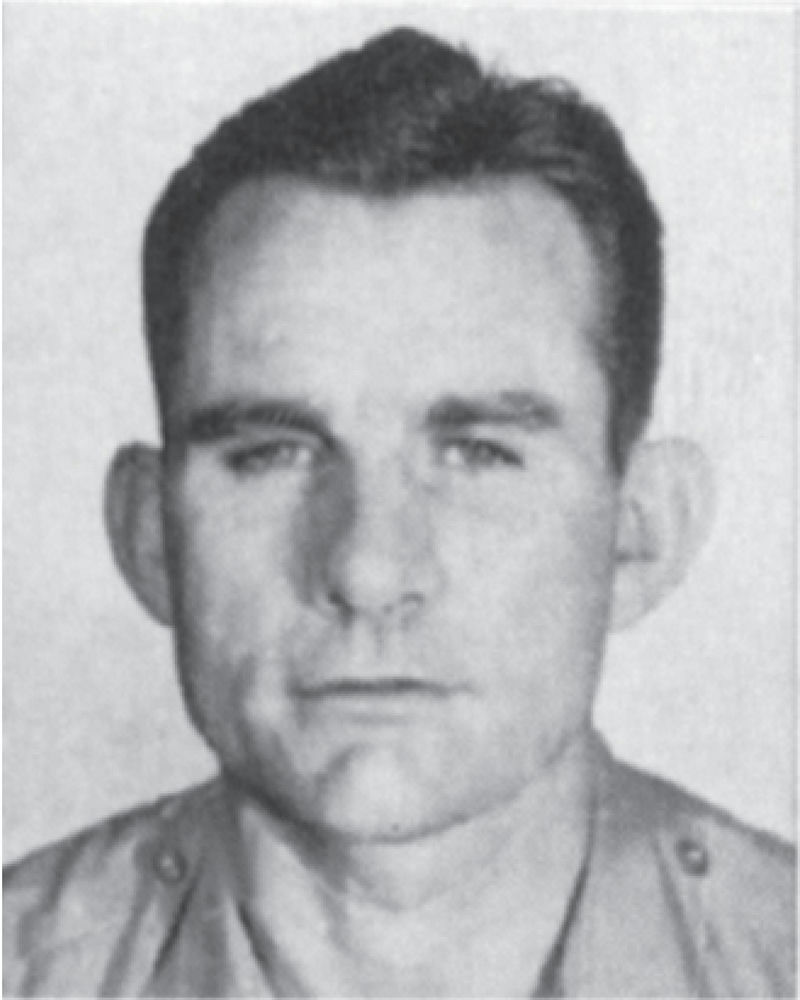
Portrait of Claude Bryant Adair, Executive Officer of the American Volunteer Group of the Republic of China Air Force. Photograph courtesy AVG Flying Tigers Association
The Executive Officer on the door sign was namely Claude Bryant Adair (1909-1992), his nickname was Skip Adair. In 1938, Chennault recruited him as instructor for the Chinese Air Force in Yunnan, in February 1941, he returned to America to procure volunteer personnel, and in September he arrived in Rangoon as Group Executive Officer and Acting Group Commander in absence of Chennault. In December 1942, he returned to America and worked at the Pentagon.
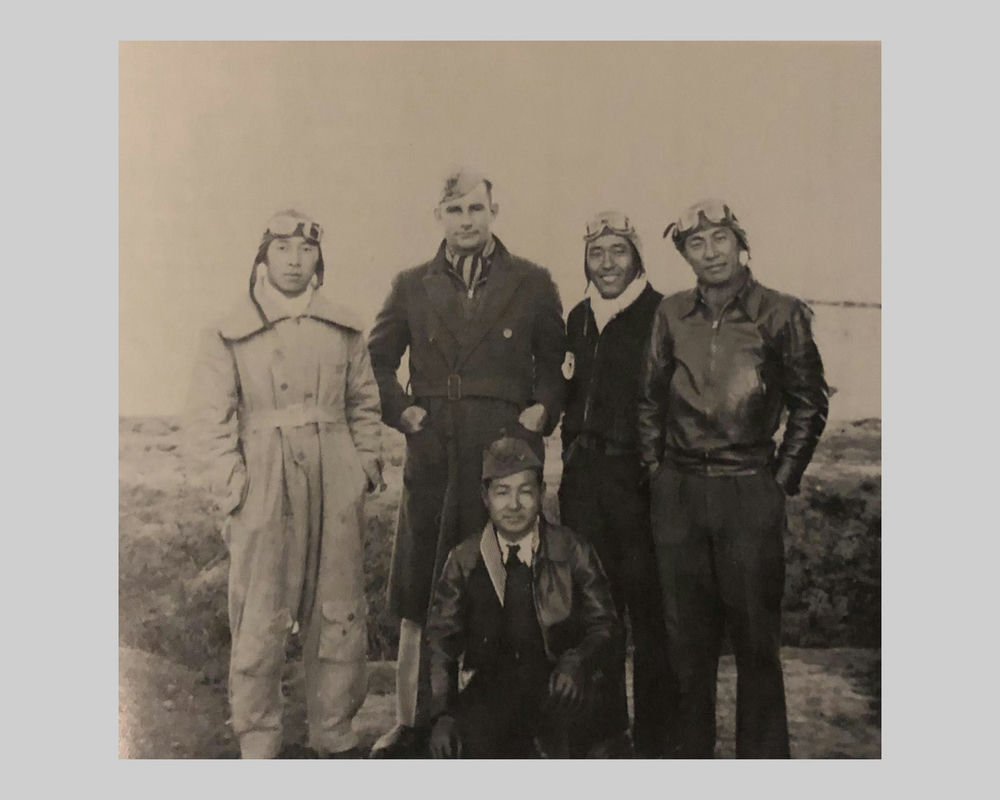
Executive Officer Claude Bryant Adair with a group of Chinese pilots. Photograph courtesy Claude Bryant Adair
Door signs from the headquarters of different war theatres during the Sino-Japanese War are truly rare. It was not only difficult to salvage anything when fire scorched the land far and wide, few soldiers would have regarded them as precious cultural artifacts. The states of mind of the American soldiers in China were indeed different, to bring back and to collect some Chinese military memorabilia, were helpful for remembrance, contentment and display. This door sign was attained through numerous hands from the descendent of a member of the Flying Tigers. How fortuitous for it to be extant in this world! How fortuitous for it to be now privately treasured! Heroes with majestic aspirations, white clouds spattered in blood, for the freedom of another race, for the compassion to all humanity, caressing this relic and contemplating the bygone, there is but unending admiration and respect.
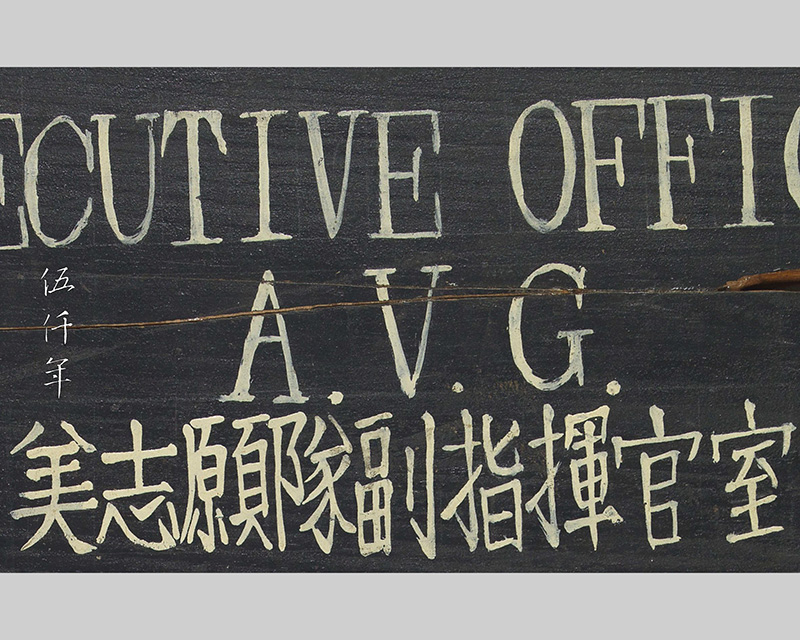
Detail of door sign from the Executive Officer office of the American Volunteer Group of the Republic of China Air Force
